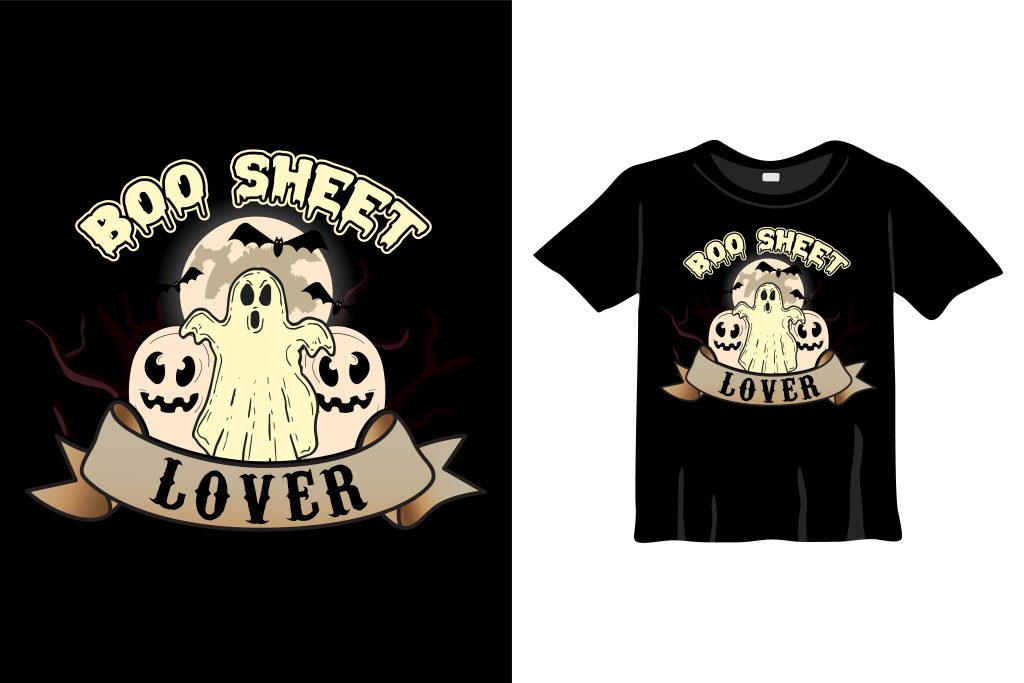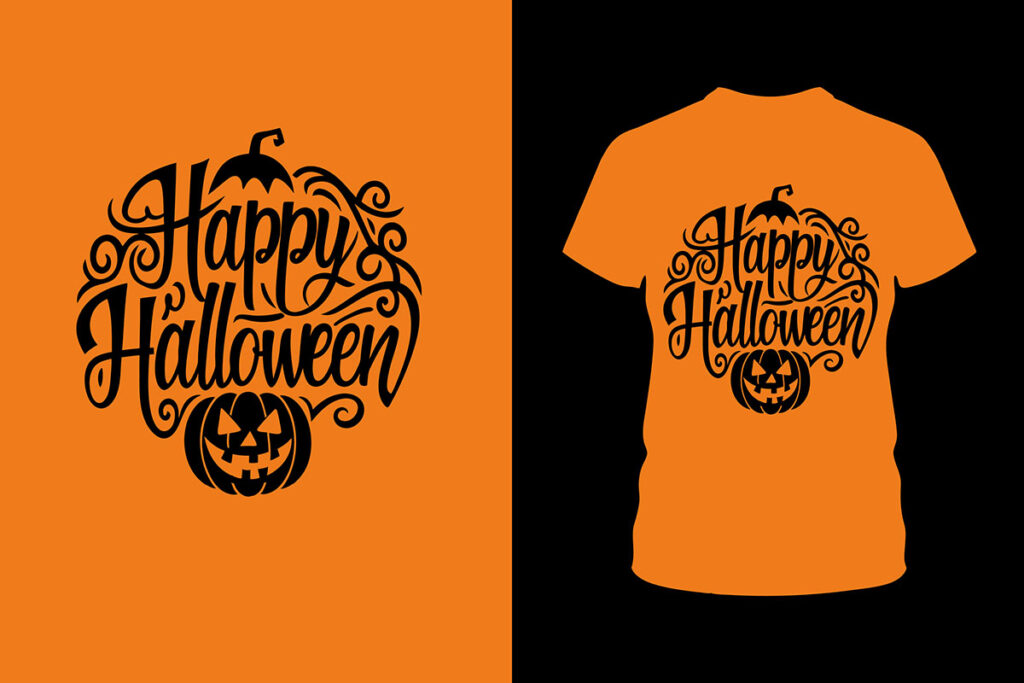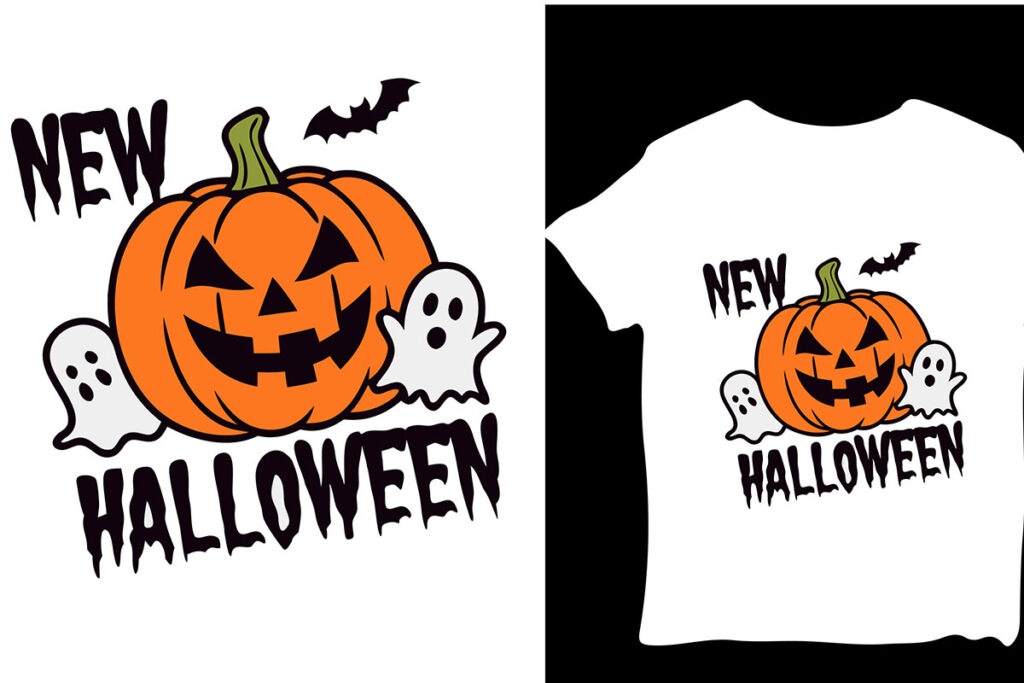DTF transfers, or Direct to Film transfers, have revolutionized the world of custom apparel printing, providing creatives with a powerful tool for producing vibrant, high-quality designs. This innovative printing technique allows you to transfer intricate designs onto various fabrics quickly and easily, making it a favorite among graphic designers, small businesses, and print shops alike. With a unique blend of DTF printing technology and advanced design techniques, you can achieve stunning results that stand out in today’s competitive market. In this guide, we will walk you through important aspects of the DTF transfer process, from design creation to material selection, ensuring you have the skills to produce outstanding designs. Join us as we explore the latest methods and tips for mastering DTF transfers and bringing your creative visions to life.
Revolutionizing the way designers approach fabric printing, Direct to Film (DTF) technology offers unparalleled versatility for creating intricate graphics on apparel. This sophisticated process involves printing designs onto a special film before transferring them onto various fabric types, catering to a broad range of custom apparel applications. With the rise in popularity of this printing method, many are curious about how to DTF transfers effectively, including the essential steps and techniques to leverage its full potential. This comprehensive guide will delve into DTF design techniques, including tips for optimizing your custom prints and enhancing the durability and vibrancy of your finished products. Whether you’re an experienced professional in the printing industry or a newcomer eager to learn, understanding DTF transfers is crucial for staying competitive and meeting consumer demands.
Unlocking the Potential of DTF Transfers
DTF transfers represent a groundbreaking shift in the world of custom apparel printing, allowing creators to achieve remarkable detail and depth in their designs. This printing method utilizes a specialized film onto which the graphic is printed, making it incredibly versatile for numerous applications, including t-shirts, hoodies, and promotional products. Unlike traditional methods, DTF transfers are not restricted by fabric type, enabling artists and businesses to expand their creative frontiers without compromising quality.
The appeal of DTF transfers lies not only in their visual impact but also in their efficiency. This process significantly reduces production time compared to traditional screen printing, which often requires multiple setups and longer drying times. With DTF, the ease of printing directly onto the film streamlines workflow and opens opportunities for quicker order fulfillment, making it a favored choice among custom apparel businesses aiming for rapid production cycles.
The DTF Printing Process Explained
Understanding the DTF transfer process is essential for anyone looking to leverage its capabilities effectively. Initially, artwork is created using graphic design software, where design parameters such as vector format, resolution, and color modes play a critical role in determining the final product’s quality. Once the art is prepared, the design is printed onto a special DTF film. This step requires precision, as mirroring the image before printing ensures it aligns correctly when transferred to fabric.
Following the printing, the application of hot melt adhesive powder is a vital step that enhances the adhesion of the design during the transfer moment. This powder needs to be applied while the ink is still warm to ensure maximum binding. Subsequently, the transfer process involves correctly adjusting temperature and pressure settings on a heat press, which is crucial to achieving a durable and vibrant finish. This meticulous attention to detail in each phase can significantly impact the quality and longevity of the final product.
Essential DTF Design Techniques
To achieve stunning results with DTF transfers, employing the right design techniques is imperative. Taking advantage of high-resolution graphics ensures that even the finest details in an artwork translate beautifully onto the fabric. Utilizing vector designs can help in preserving image quality across various sizes, resulting in sharp and clearer prints without pixelation. It’s beneficial to experiment with color gradients and layering techniques to create visually striking effects that stand out.
Moreover, understanding the interplay between ink and fabric type can significantly enhance the print results. Each fabric behaves differently; thus, adapting designs to suit cotton, polyester, or blended materials can elevate the overall look of the finished product. Being aware of these nuances will help designers not only in creating original concepts but also in predicting how well the design will hold up during washing and everyday wear.
Choosing the Right Materials for DTF Transfers
The selection of film and inks is one of the cornerstone elements of producing top-notch DTF transfers. Utilizing high-quality DTF transfer films with a specially designed polymer coating is crucial for ensuring that colors remain vibrant and details remain intact. A good choice of materials can differentiate a mediocre print from a dazzling one, emphasizing the need to source quality supplies from reputable manufacturers.
In addition to the film, selecting robust DTF inks plays a pivotal role in the print’s durability and visual appeal. Quality inks not only enhance vibrancy but also improve longevity, resisting fading through multiple wash cycles. Eco-friendly options are growing in popularity, offering sustainable choices that resonate with environmentally conscious consumers while still maintaining exceptional print quality.
Recent Innovations in DTF Technology
The DTF printing landscape is evolving rapidly, with ongoing innovations that enhance efficiency and quality. Recent advancements in printer technology have led to higher resolutions, enabling even more detailed imagery that captivates consumers. Additionally, the introduction of advanced ink formulations has enhanced durability and color fidelity, allowing prints to withstand wear while maintaining their original appearance.
Moreover, the shift toward eco-friendly inks and practices is revolutionizing the industry, making DTF printing a much more sustainable choice for businesses looking to appeal to modern consumers. The commitment to reducing environmental impact while delivering superior quality is shaping the future of DTF transfers, ensuring that they remain relevant in an ever-competitive market.
Exploring Resources for DTF Printing Mastery
For designers and businesses eager to master DTF printing, numerous resources are available to enhance knowledge and skillsets. Online platforms such as Printavo provide in-depth guides that help users navigate the entire DTF printing process. These resources encompass topics from preparing designs to the intricacies of heat transfer application, giving insights into optimizing each phase for better outcomes.
Additionally, keeping up with industry trends through platforms like Techspray can provide invaluable updates regarding new technologies and methodologies in DTF printing. This continuous learning ensures that individuals in the printing space can adopt the latest strategies and tools, positioning themselves favorably in a competitive and fast-evolving market.
Frequently Asked Questions
What are DTF transfers and how do they work?
DTF transfers, or Direct to Film transfers, are a modern printing method that allows designs to be printed onto a special film before being transferred to fabrics. The process involves printing the artwork onto the film, applying a heat-activated adhesive, and then using a heat press to transfer the design onto the desired material.
What are the key advantages of using DTF printing for custom apparel?
DTF printing offers several advantages for custom apparel, including vibrant colors, detailed imagery, and durability. This method is versatile, allowing for high-quality prints on various fabrics, and it doesn’t require complex setup or additional preparation compared to traditional methods like screen printing.
How do I create stunning DTF designs?
To create stunning DTF designs, start with high-resolution vector artwork in CMYK color mode. Use specialized DTF transfer films and high-quality inks to ensure vibrant prints. Carefully follow the DTF transfer process, including mirror printing and proper heat application, to achieve the best results.
What is the DTF transfer process and what steps are involved?
The DTF transfer process involves several key steps: first, create your design and print it on DTF film; second, apply heat-activated adhesive powder to the printed film; and finally, use a heat press to transfer the design onto the fabric, allowing it to cool before peeling the film away.
What materials are needed for DTF transfers?
For DTF transfers, you will need DTF film, DTF compatible inks, heat-activated adhesive powder, and a heat press. Additionally, graphic design software for creating your artwork is essential to produce high-quality prints that meet your design specifications.
What advancements are being made in DTF printing technology?
Recent advancements in DTF printing technology include improvements in printer resolution, the development of eco-friendly inks, and enhanced durability of prints that resist fading. These innovations are driving growth in the DTF market, making it an appealing option for custom apparel printing.
| Key Points | Techniques | Materials | Process | ||
|---|---|---|---|---|---|
| 1. Design Creation: Use software like Adobe Illustrator or CorelDRAW; ensure correct color mode and resolution. | Choose DTF-specific films with polymer coating for best results. | Print onto DTF film; mirror the design before printing, then apply adhesive powder. | |||
| 2. Choose quality inks for vibrancy and durability. | Relevant materials used help in achieving vibrant colors; select high-quality DTF inks. | Press at 300°F for 15-20 seconds; allow cooling before peeling off the film. | |||
| 3. Utilize advancements in printing technology for improved results. | Eco-friendly options are increasingly available in materials. | Stay informed about market growth and technological advances. | |||
Summary
DTF transfers are reshaping the landscape of modern printing by allowing creators to produce stunning, high-quality designs with remarkable ease. Through a combination of innovative techniques and advanced materials, users can achieve vibrant prints on a variety of fabrics. As technology continues to evolve, DTF transfers are becoming increasingly popular, offering both eco-friendly inks and durable outputs suitable for anyone’s printing needs. By mastering the processes outlined in this guide, whether you are new to printing or a seasoned professional, you can fully harness the potential of DTF transfers to express your creativity and meet commercial demands.



